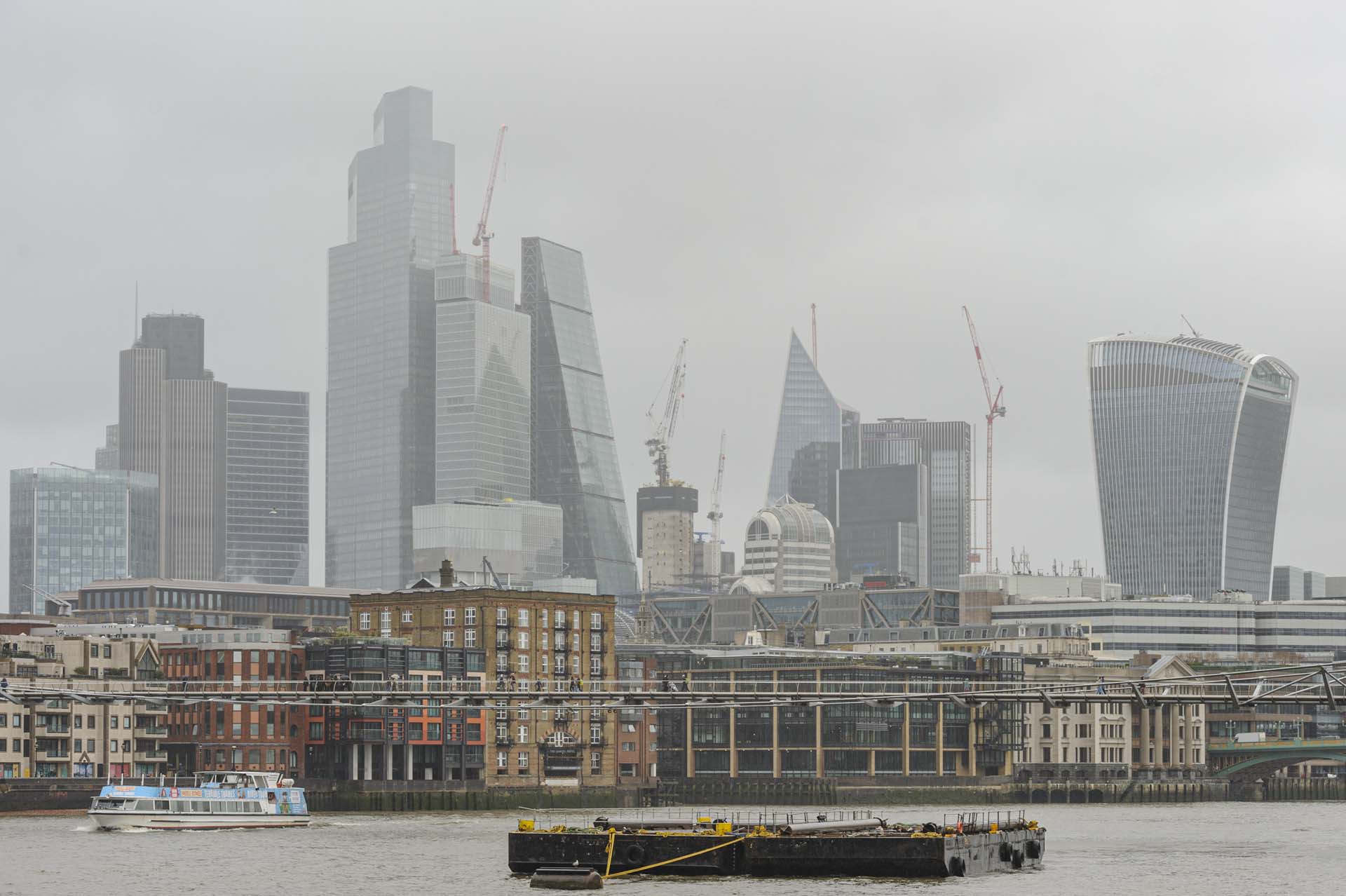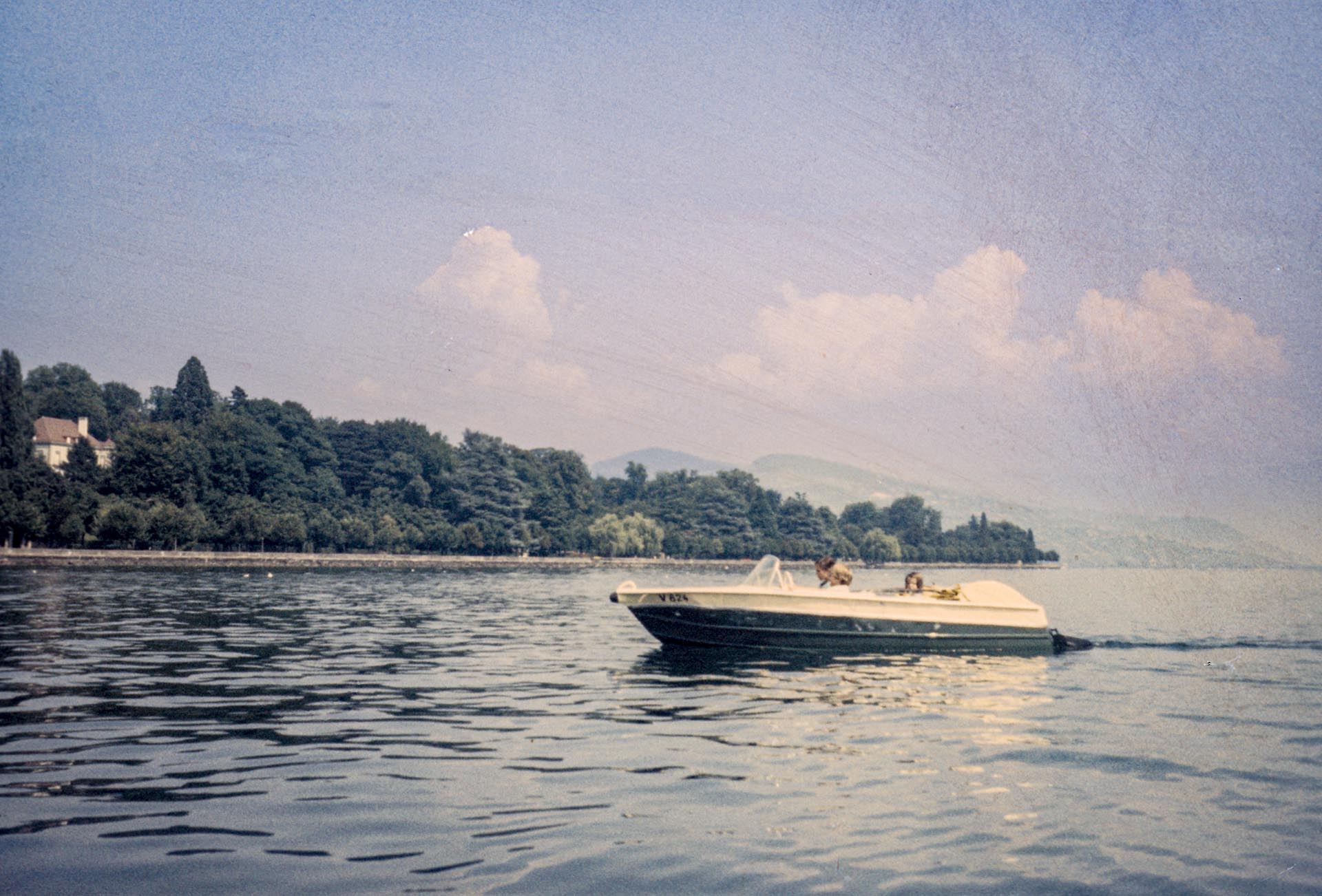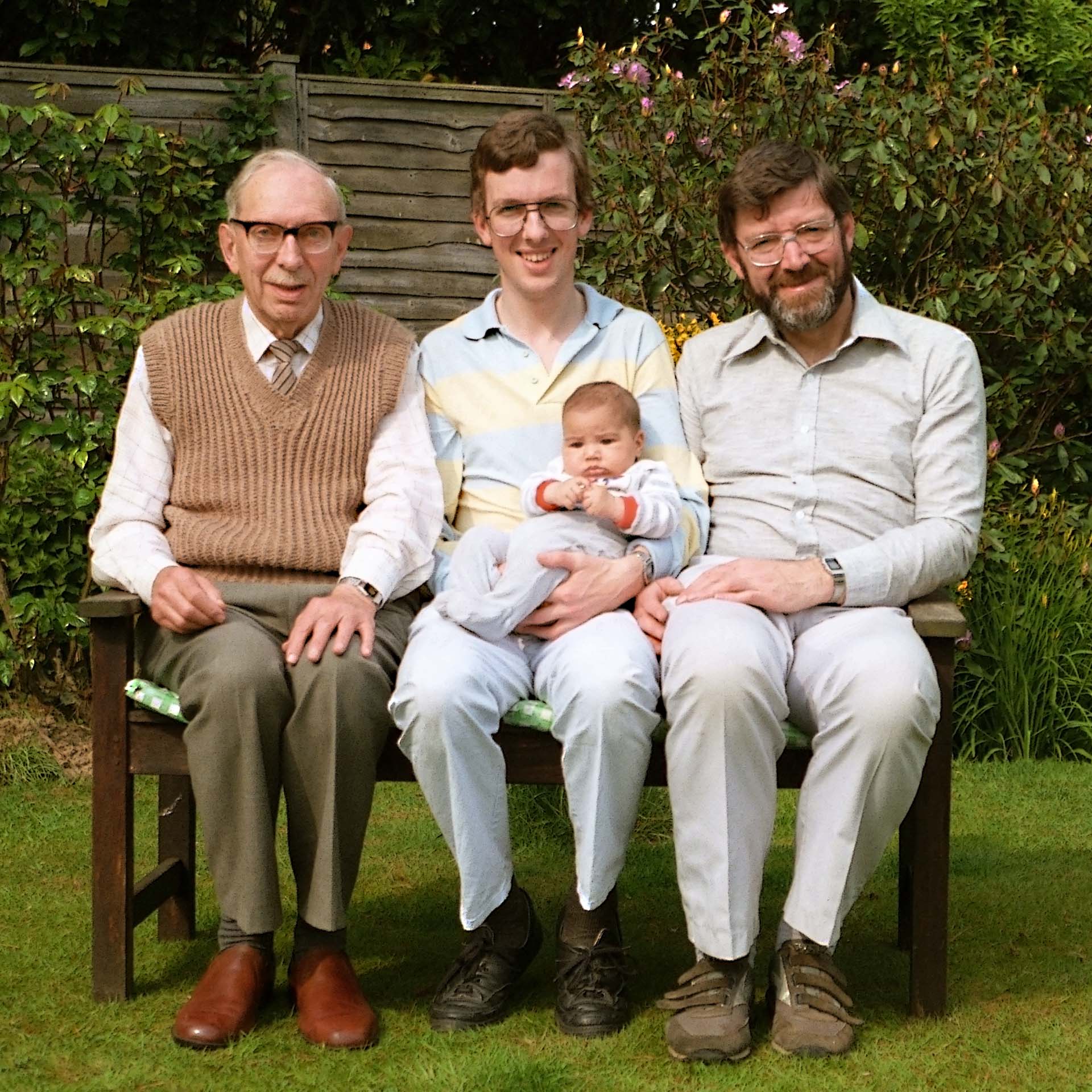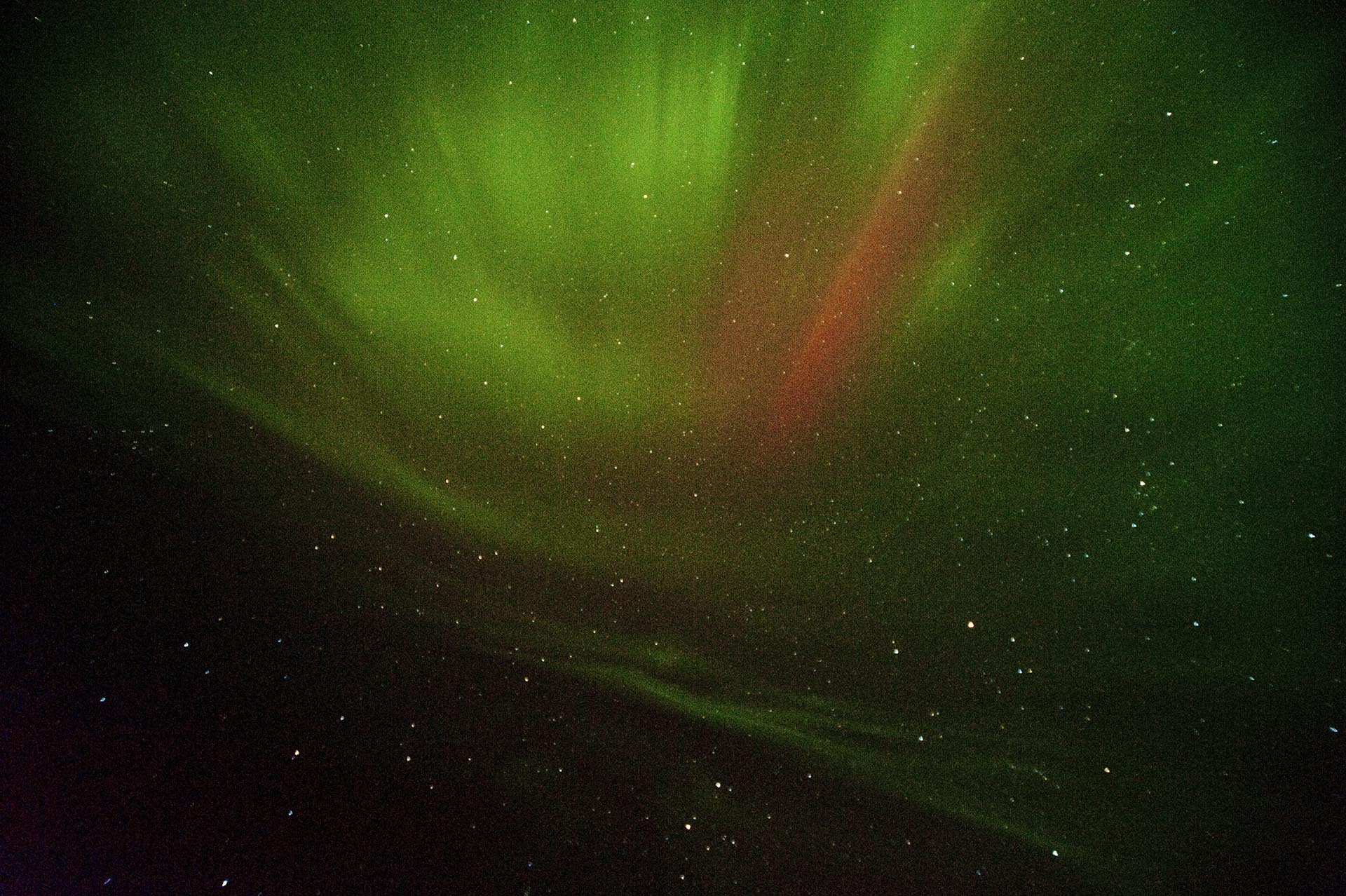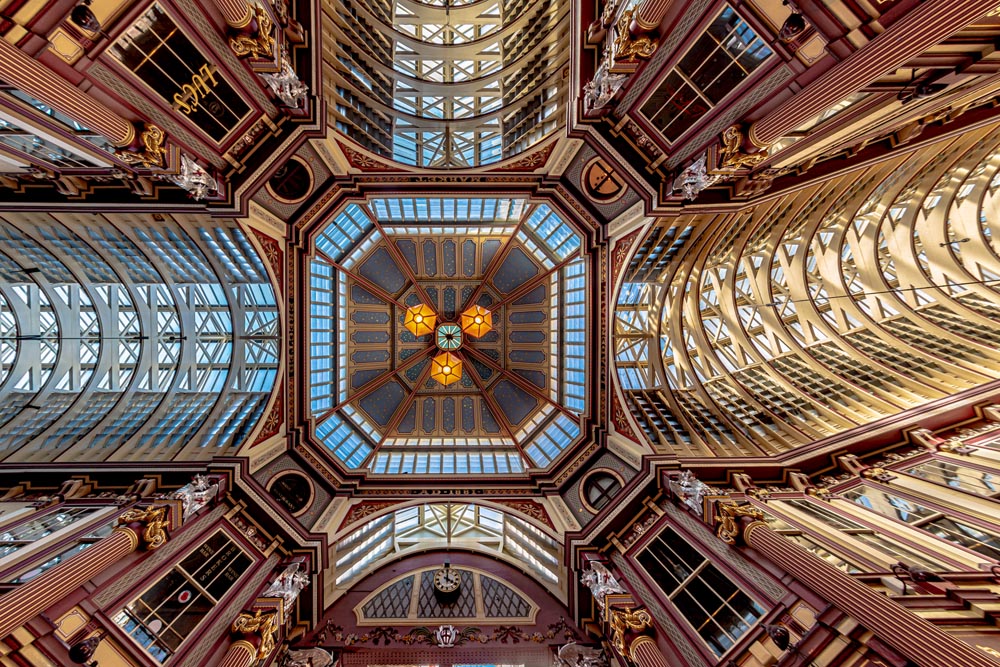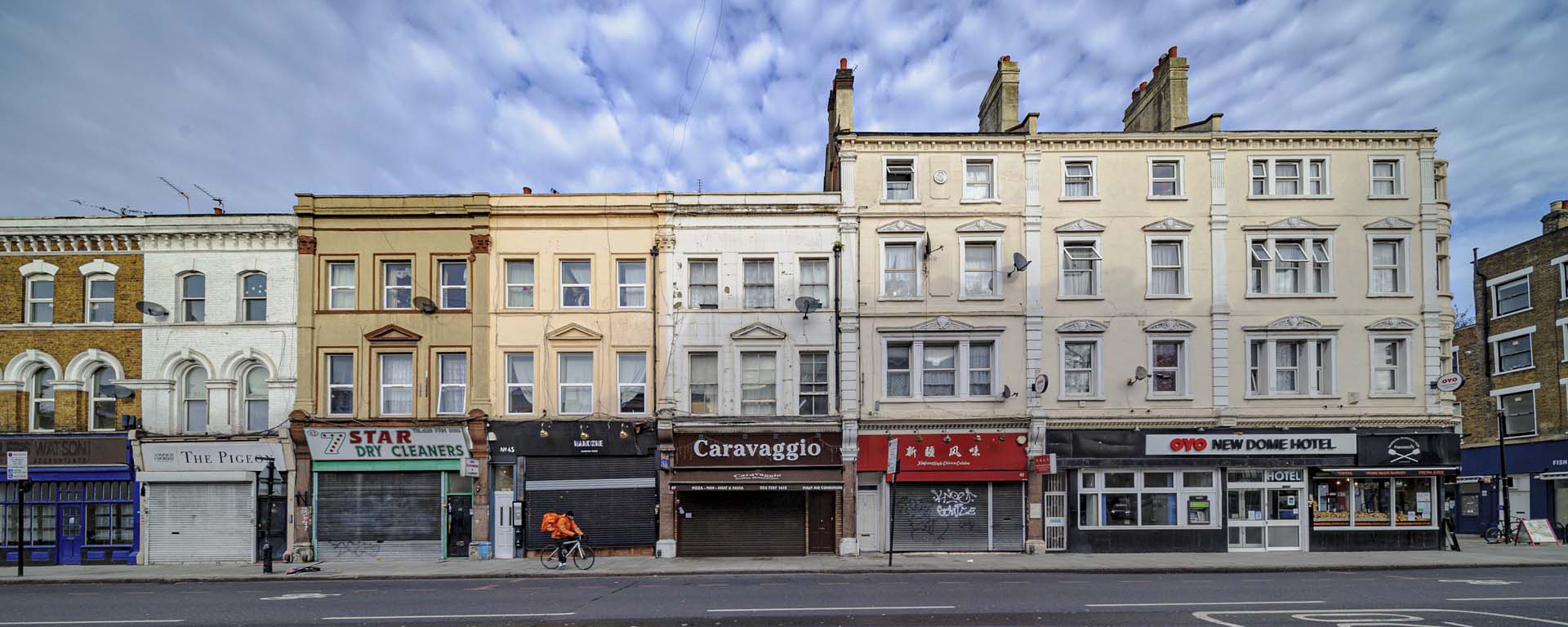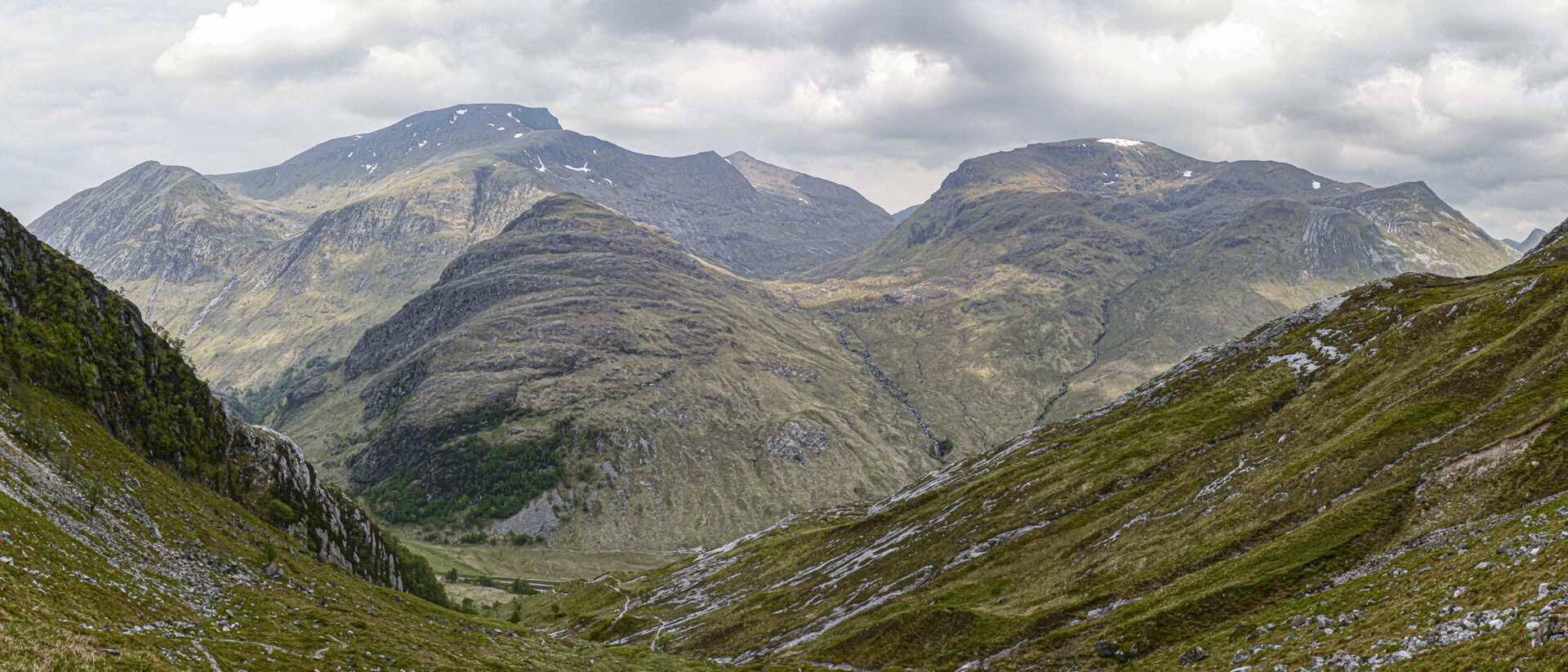Do you always shoot in manual?
One of the subjects that most frequently comes up in photography forums (and I am a member of quite a few!) is Manual Mode. “I always shoot in manual” is a regular boast/confession; “Do you always shoot in manual?” is a regular question. So here is my answer…
I have to lay my cards on the table – I know how to shoot “in manual”. My first cameras were all entirely manual: I had to set the aperture and shutter speed by hand for every shot. They didn’t even have the means to measure actual light levels! Distance to subject, too, was done by ready reckoning and just dialled in on the lens. It was only with my first rangefinder (mid-seventies) that I could measure distance and my first SLR (mid-eighties) that I could measure light. And, believe it or not, and no doubt partly due to the latitude in film back in those days, I took a lot of good photographs. Or shots that I liked, anyway!
My first camera to have any light metering at all was also my first to have any kind of automatic exposure setting. Once I had that built-in, centre-weighted metering on the Pentax ME Super I used it, believe me. And I kept the thing on Aperture Priority Auto, most of the time. I knew when to jump to Manual – star trails and other night time shots, mainly – but for me the A setting ruled. When I got hold of Pentax P bodies – P for Program mode – I still stuck with the Aperture Priority setting.
Nearly 40 years later I still do. Aperture Priority suits my style. I’m not a sports photographer, except occasionally. Depth of field and sharpness are my bread and butter and aperture control is what delivers for me.
Of course, with ISO now variable in the digital age, and still more with intelligent Auto ISO that “knows” what focal length I’m shooting at, I can happily let the camera control the shutter speed, confident in the knowledge that it will be fast enough. Good bodies with excellent high ISO performance give a flexibility I would never have dreamed possible in film days.
And I stay in Aperture Priority, the vast proportion of the time. Occasionally I turn off Auto ISO – when low noise is hyper-critical or when I want big blur from slow shutter speeds – but it is far more rarely that I drop into M or S.
In fact, I’m more likely to go to P than S. There are those occasions when a shot just has to be got, where flash units are misbehaving or not set to High Speed Sync and you need a result with no messing around – that’s when you slap it on P and just shoot.
The point is that the goal in view in using a camera is to take a photograph. The technique and competence involved in creating images that have real visual appeal is important, of course, but all the attention in the world given to Depth of Field and Slow Rear Sync and the rest is nothing if you don’t Point the Thing in a Nice Direction and Press the Button at a Nice Moment.
Professional photographers know how to shoot in Manual – and, most of the time, choose not to. The consciousness of what Aperture, Shutter Speed and (nowadays) ISO are all doing is always there, and because that consciousness is always there, they are happy to let the camera do the work it was made to do.
By all means, if you weren’t brought up pre-digital, shoot in M mode so as to learn what is what. And remember to turn off Auto-ISO, or your “Manual mode” will still be fully automatic! I am not knocking using Manual to learn the basics of the exposure triangle and the effects of aperture and shutter speed. But please don’t get – or give – the idea that Manual Mode is somehow “better”.
There are occasions when you need the M setting, of course. See the aurora shot above. And if you are stitching photos into a panorama, you will need the totally consistent exposure from shot to shot that Manual mode gives you. This image of Ben Nevis across Glen Nevis was created using 20 exposures on my old Lumix FZ20. A 5 megapixel camera in Manual mode gave me a stitched photo at 11340×4860 pixels!
Yes – know how and when to use Manual mode. But please don’t talk about “shooting in Manual” in hushed tones as if it were some kind of mystic pathway to taking Great Photographs. f5.6 at 1/250 at ISO100 will be identical whether the camera chooses none, one, two or even all three of those parameters. Where you point the camera is far more important.
The city in the rain this week
D700 with 70-200 @93mm f9.0 1/320 ISO200 Can you tell which mode?
I actually shot the same scene at identical settings in Program, Shutter Priority, Aperture Priority and Manual Modes just to prove a point, but I really couldn’t be bothered to post four identical images!
And the chances are, O Disciple of the Mystic Manual Path, that while you are faffing with your settings getting ready for the next shot, your Aperture Priority friend has taken a dozen good photographs. 😉
All images © copyright Andrew King Photography

